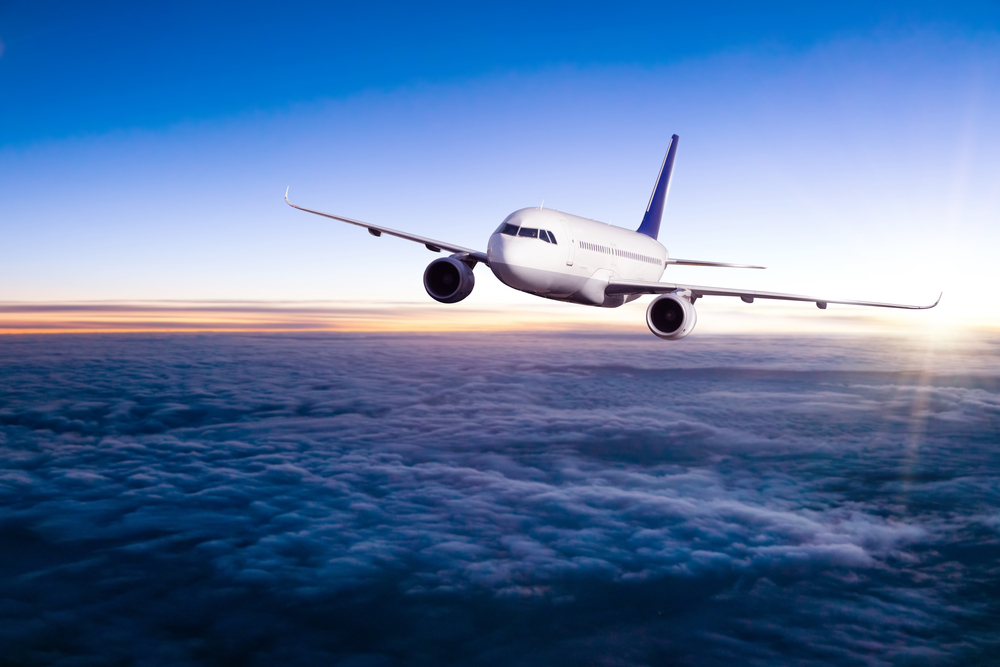How to cope with a fear of flying
by Karen Rollins Aug 27, 2018

Research shows that around 25% of people have at least some fear of flying, while around one in ten have an actual phobia.
If the fear of getting on a plane is holding you back from seeing more of the world, hopefully these tips from leading airline British Airways, will be helpful.
Create a distraction
When you get on the flight, instead of thinking about your fear and letting those thoughts take over your mind, distract yourself with other activities.
If it’s a long-haul flight you can create a plan of things to do while you’re in the air like watching a film, reading a book, or playing computer games. You could also complete puzzle books like Sudoku or crosswords, or listen to relaxing music.
Flying is safe
Flying is still statistically the safest way to travel, and all planes undergo extensive safety testing, such as exposure to extreme temperature and wing flexibility, before they take flight, as well as regular maintenance checks while they are in operation.
The pilots and cabin crew are also used to being in the air, and are highly trained to create a safe and comfortable environment for all of the passengers.
Turbulence is normal
A lot of people panic when the plane starts to move around in the air, but it might help you to know that turbulence is perfectly natural, and nothing to worry about.
Planes are built to be airbourne and that’s where they perform at their optimum. Fluctuations in the air are not dangerous and every plane is more than capable of dealing with it.
Control your breathing
If you feel as though you’re about to panic, take control of your breathing.
Take a long deep breath in through your nose and hold for two seconds, followed by a long exhalation out of your mouth for four seconds. Continue this breathing technique until you calm down. Slow and deliberate breathing is proven to relax the body and subsequently the mind.
It can also be effective to combine this breathing exercise with a muscle contraction, such as clenching your buttocks, which overrides other nervous signals going up and down your spinal cord.
Visualise your destination
Visualisation is a powerful tool which can help people keep calm in stressful situations.
If you imagine the great experiences to come when you reach your destination, such as reuniting with loved ones, enjoying time in the sun, or being pampered at the hotel, you’ll feel instantly happier and more relaxed.
Remembering that the plane journey has a purpose, and knowing it’ll all be worth it in the end, should make it easier to get through.
Happy travels!
Source: The Express








